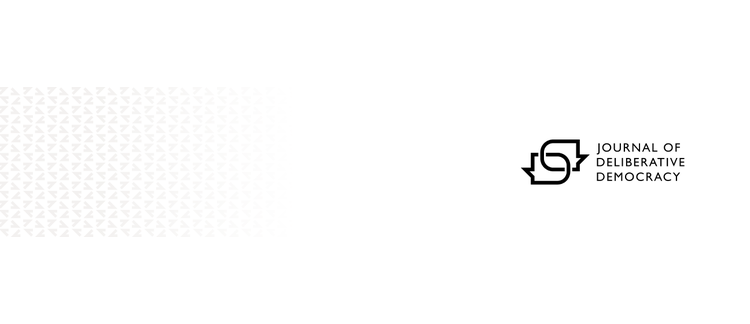Abstract
In 2015, Guåhan (Guam), an unincorporated territory of the United States, could hold a plebiscite to determine its political status. This self-determination plebiscite will give the electorate the opportunity to deliberate on one of three internationally recognized political plans for the future: Statehood, Independence or Free Association. This monumental event has received little attention in the United States, with little media coverage appearing despite the recent self-determination plebiscites held around the world (e.g., Puerto Rico and the Falkland Islands). Nonetheless, the U.S. has a large stake in this election process. The people of Guåhan are U.S. citizens, yet are simultaneously denied full voting rights in U.S. presidential elections. Thus, the opportunities for political participation on Guåhan are based upon a dependent relationship with the U.S. Moments of political participation in Guåhan occur primarily through actions that both depend upon and reinforce communicative channels directed against the U.S. nation-state. The phenomenon of political dependency creates a complex situation for public deliberation amongst the Guåhan electorate. Even in Guåhan there is much confusion, contradiction, and deliberation concerning plebiscite eligibility and the ballot initiatives on the political status options. Thus, we propose a process of public deliberation, facilitated through educational programming, to analyze the arguments for each plebiscite plan and encourage even wider public deliberation. Drawing from a rich international tradition of school debate and deliberative voting guide reforms, we develop a detailed proposal aimed at both increasing voter education and turnout in the Pacific. Our proposal also stresses the pressing need for more communication scholarship on the political connections between the U.S. and Guåhan.
How to Cite
Na’puti T. & Hahn A., (2013) “Plebiscite Deliberations: Self-Determination & Deliberative Democracy in Guam”, Journal of Public Deliberation 9(2). doi: https://doi.org/10.16997/jdd.176
2510
Views
559
Downloads
